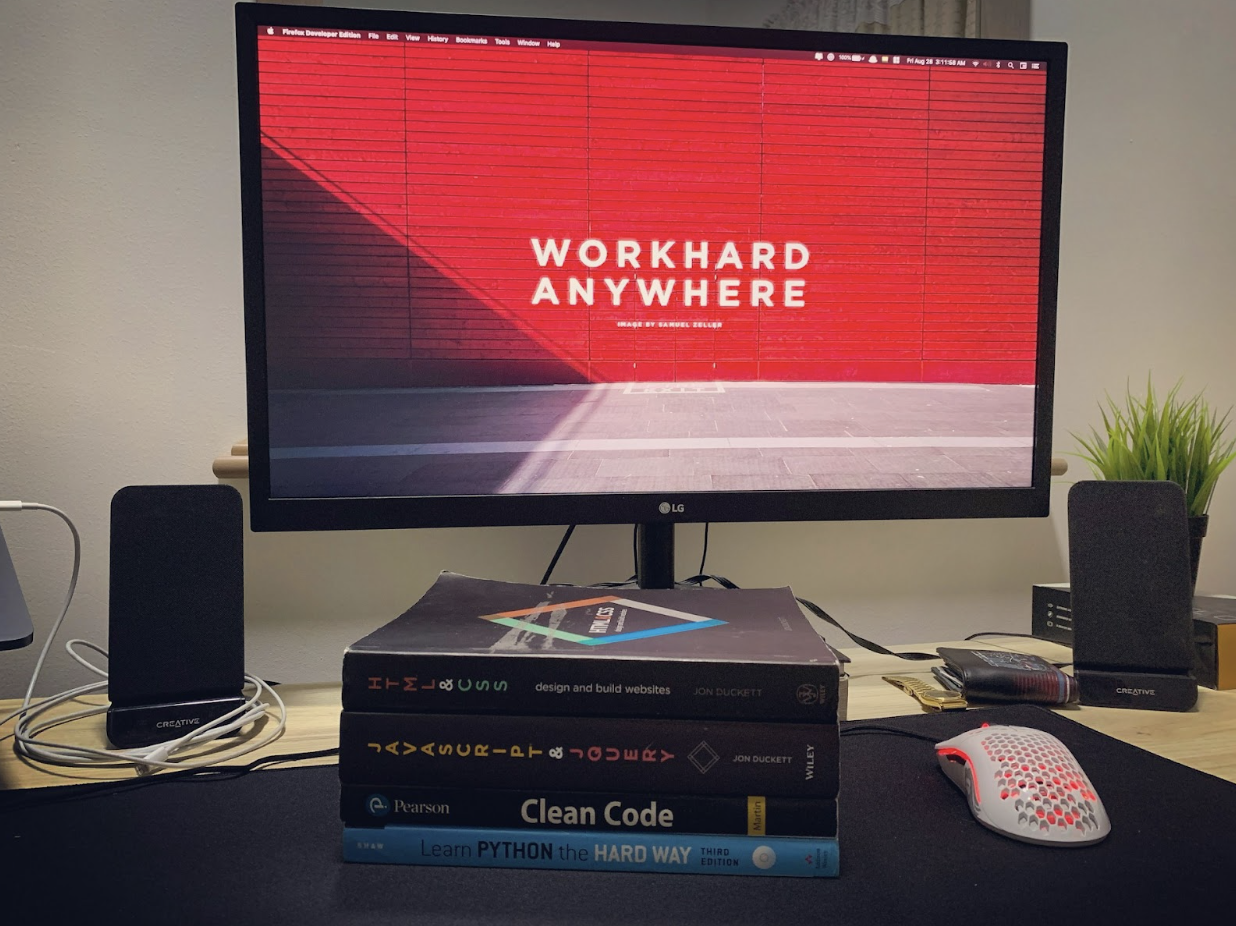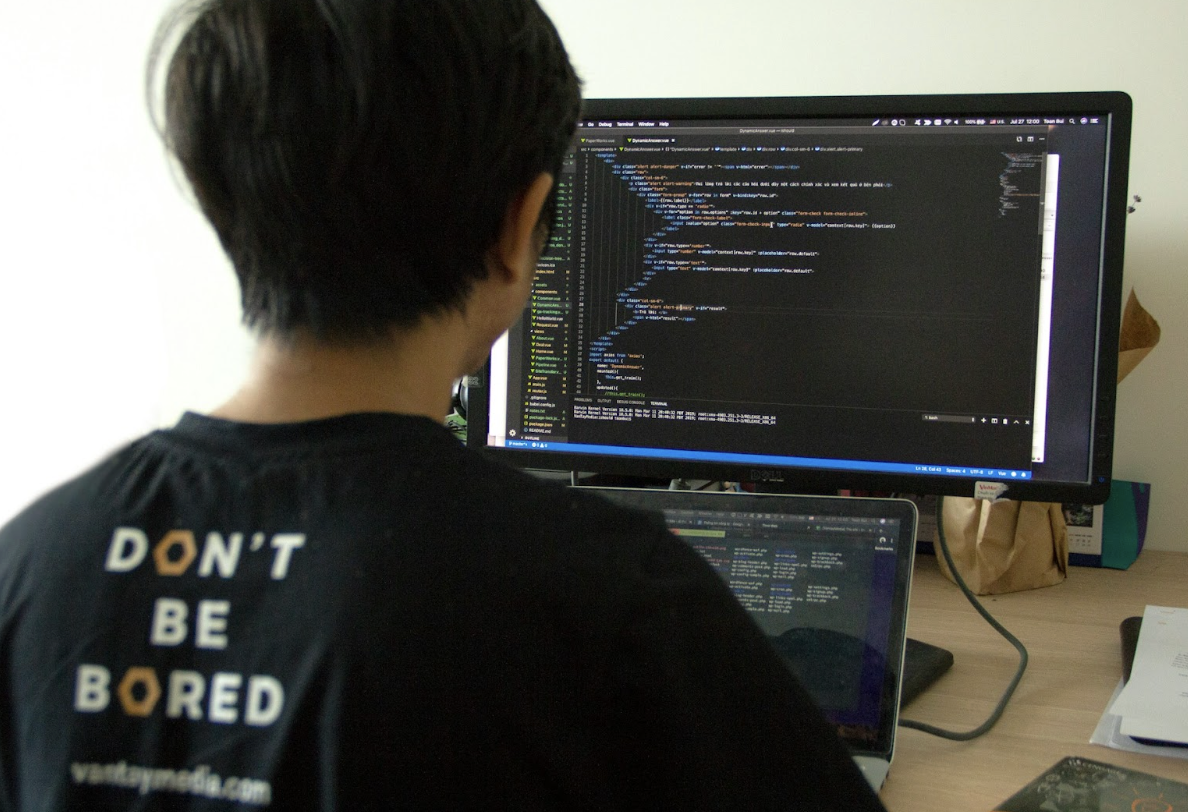 News
News
The importance of user experience (UX) and user interface (UI) development has increased significantly in the constantly changing digital environment where it is thought that users' experiences should be prioritized above all else. UX/UI developers operate as the architects of digital interaction in the complex and demanding world of online and application design, creating user-friendly and visually appealing experiences. UX/UI developers have the ability to transform plain digital platforms into interesting, user-centered locations, from the intuitive layouts that direct our clicks to the aesthetically beautiful aspects that catch our eyes. Because of its significant effects on user retention, engagement, and satisfaction, UX/UI development has become quite popular. In fact, an effective user interface by itself can increase a website's conversion rate by an astounding 200%. Keeping in mind the rising popularity of UX/UI development, we crafted this blog post to help UX/UI development experts in discovering some of the best tools for UX/UI development. You can also check out our similar articles on the best tools for Android, iOS, Angular, and Native development.
5 Tools for UX/UI Development Experts
Figma
Figma proves to be an outstanding tool for UX/UI Developers, providing a platform that promotes collaboration and user-friendliness in crafting, prototyping, and shaping digital interfaces. Leveraging its cloud-centric foundation, it facilitates seamless real-time teamwork, transcending geographical constraints. Figma's adaptability empowers designers to produce responsive layouts for diverse gadgets, supported by a comprehensive feature set that simplifies the design workflow. The tool's interactive prototyping prowess, design version management, and effortless sharing alternatives collectively establish Figma as an indispensable asset for contemporary UX/UI design endeavors.
Figma's key features are:
Real-time collaboration: Teamwork and efficiency can be improved by having multiple team members work on the same project at once.
Interactive prototyping: By using animations and clickable prototypes, designers may give users a more lifelike experience.
Design Components and Libraries: Figma encourages the development of reused design components and libraries to uphold consistency and quicken the design process.
Adobe XD
Adobe XD stands out as an essential asset for UX/UI Developers, streamlining the design workflow and enhancing teamwork. The tool's intuitive user interface combined with robust functionalities positions it as the preferred option for crafting fluid digital experiences. By prioritizing user-centric design, Adobe XD empowers developers to construct instinctive interfaces that engage users effectively. Whether the focus is on adaptable designs, interactive prototypes, or seamless real-time collaboration, Adobe XD provides developers with the necessary resources to materialize their imaginative concepts.
Adobe XD’s key features include the following:
Designs that are dynamically responsive to changing screen sizes are made possible with Adobe XD, offering a consistent user experience across devices.
Interactive prototyping: Programmers can turn their concepts into interactive prototypes that let users see user flows and interact with animations.
Easy Collaboration: Adobe XD's cloud-based platform enables real-time teamwork and easy collaboration among team members. This increases output and speeds up the design-refinement procedure.
Sketch
Sketch is an indispensable tool for UX/UI developers, streamlining the design process and enhancing collaboration. With its user-friendly interface and powerful features, it has become a go-to choice for creating visually appealing and user-centered interfaces. Its vector-based approach ensures scalability and crisp visuals across various devices. The ability to create responsive designs, artboards, and symbols simplifies the iterative design process. Collaborative features like shared libraries and version history foster teamwork and consistency in design. Lastly, its extensive plugin ecosystem allows customization and integration, making Sketch a versatile tool for modern UX/UI development.
The top features of Sketch include:
Vector-based Design: Sketch's vector capabilities enable scalable and high-quality designs, ensuring consistency across different screen sizes and resolutions.
Responsive Design Tools: The tool provides features like artboards and symbols that aid in crafting responsive designs, adapting to various devices seamlessly.
Collaboration and Customization: Sketch supports shared libraries and version history, promoting efficient teamwork and design consistency. Its wide range of plugins allows users to customize and extend its functionality according to their needs.
Maze
Due to its capacity to accelerate and improve the user experience design process, Maze stands out as a terrific tool for UX/UI Developers. With the help of this platform, developers can quickly create and test prototypes to make sure the final product is simple to use and intuitive. Developers can uncover possible pain points and improve the usability of the interface by doing user testing with Maze. Developers may make educated design decisions using the tool's data-driven methodology and user behavior research, resulting in more useful and interesting digital experiences.
The key features of Maze are:
Rapid Prototyping: Maze enables the quick creation of interactive prototypes, allowing developers to visualize and test their design concepts without extensive coding.
User Testing: The tool facilitates remote user testing, collecting valuable feedback from real users to identify usability issues and areas for improvement.
Heatmaps and Analytics: Maze provides heatmaps and comprehensive analytics that highlight user interactions and navigation patterns, helping developers pinpoint areas of interest and potential enhancements.
Axure
For UX/UI development experts, Axure is a crucial tool because it provides a strong platform to speed up the design and prototype process. Axure gives developers the tools they need to produce interactive, dynamic prototypes that closely resemble the finished user experience thanks to its user-friendly interface and robust features. With the aid of this application, team members may collaborate effectively while sharing and testing design concepts. Its adaptive layouts, which let developers create flexible interfaces for diverse devices and screen sizes, highlight Axure's adaptability.
Key Features:
Dynamic Prototyping: Axure facilitates the development of engaging and lifelike prototypes, presenting user interactions and transitions in a functional manner.
Versatile Layouts: This tool promotes responsive design by empowering developers to craft interfaces that seamlessly adjust to various screen sizes and device types.
Interactive Complexity: Through dynamic panels and conditional logic, Axure empowers the creation of intricate interactions, replicating real user engagement within the final product.
Hire UX/UI Developers with Blue Coding
Software development is now an essential part of businesses in all industries. Without the use of advanced tech, it can be extremely tough for a business or startup to stay ahead of the competition and achieve success. On the other hand, staying on top of the tech trends and being aware of all the new cutting-edge development technologies is no easy task, especially when you have a business to handle. This is why Blue Coding steps in to assist you with your tech needs. Our team of top development experts and tech advisors allows us to handle and fulfill your requirements in the best possible way. If you are currently looking to hire UX/UI developers or programmers who are skilled in any other programming languages, contact us now and we will help lighten the burden of your hiring process!



